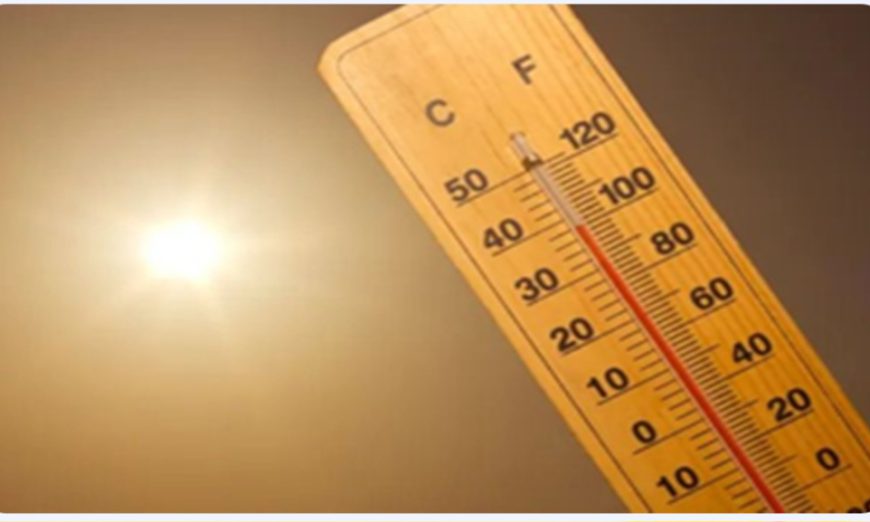Japanese weather officials have warned that extreme heat is likely to continue across the country. They said, temperatures may reach 38°C or higher in the Kinki region. In Toyooka City, it could hit 39°C. Kyoto City is also forecast to reach 38°C.
This is attributed to a high-pressure system over Honshu, which is causing clear skies and intense heat. Heatstroke alerts are in place for 20 prefectures, including Kyoto and Nagasaki. Officials have urged people to stay cool, drink water and salt, and rest often. Many have already been hospitalized with heatstroke. Some cases have been fatal.
Authorities are calling for utmost precaution as heatstroke alerts are being issued in 28 prefectures, from Hokkaido to Kyushu, for Friday.
On Thursday, the mercury hit 39 degrees Celsius in Kitami, a city in eastern Hokkaido, at around 2:30 p.m. — a record high — and 13.5 C above a 30-year average. Obihiro, an inland city, recorded a temperature of 38.8 C, tying with the previous high observed in 2019.
The town of Rikubetsu, which bills itself as “the coldest town in Japan,” also registered the highest-ever temperature of 36.6 C on Thursday. The impact of the heat waves is huge, as Hokkaido, which has long prided itself on its cool and comfortable summer, is not used to handling extreme heat.
Air conditioners are selling like hot cakes but are still installed in only about 60% of homes in the northernmost prefecture, while the national average is 94.4%, according to a survey of about 12,000 people conducted this week by private-sector forecaster Weathernews.
On Thursday and Friday, Hokkaido Railway, or JR Hokkaido, suspended portions of lines connecting the stations of Kushiro and Sapporo as well as Abashiri and Kamikawa in the prefecture out of safety concerns. Extreme heat is known to cause the warping of rails.
The ongoing heat wave — driven mostly by the extension of the Pacific high-pressure system toward the nation — is gripping the rest of the nation as well, damaging crops and raising the number of heatstroke patients.
Analysis by U.S. nonprofit Climate Central shows that climate change’s effects are prominent in the rise in nighttime temperatures.

